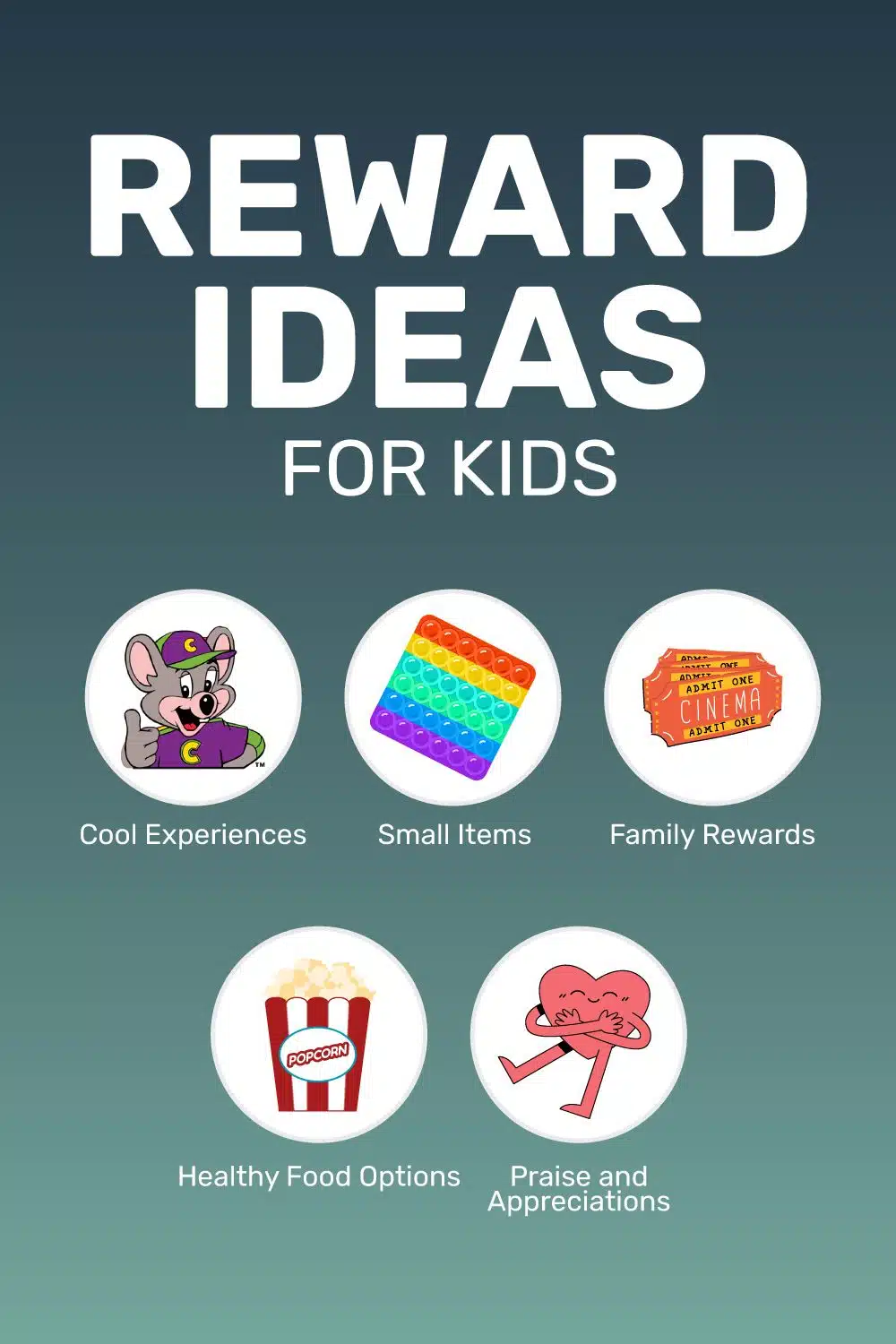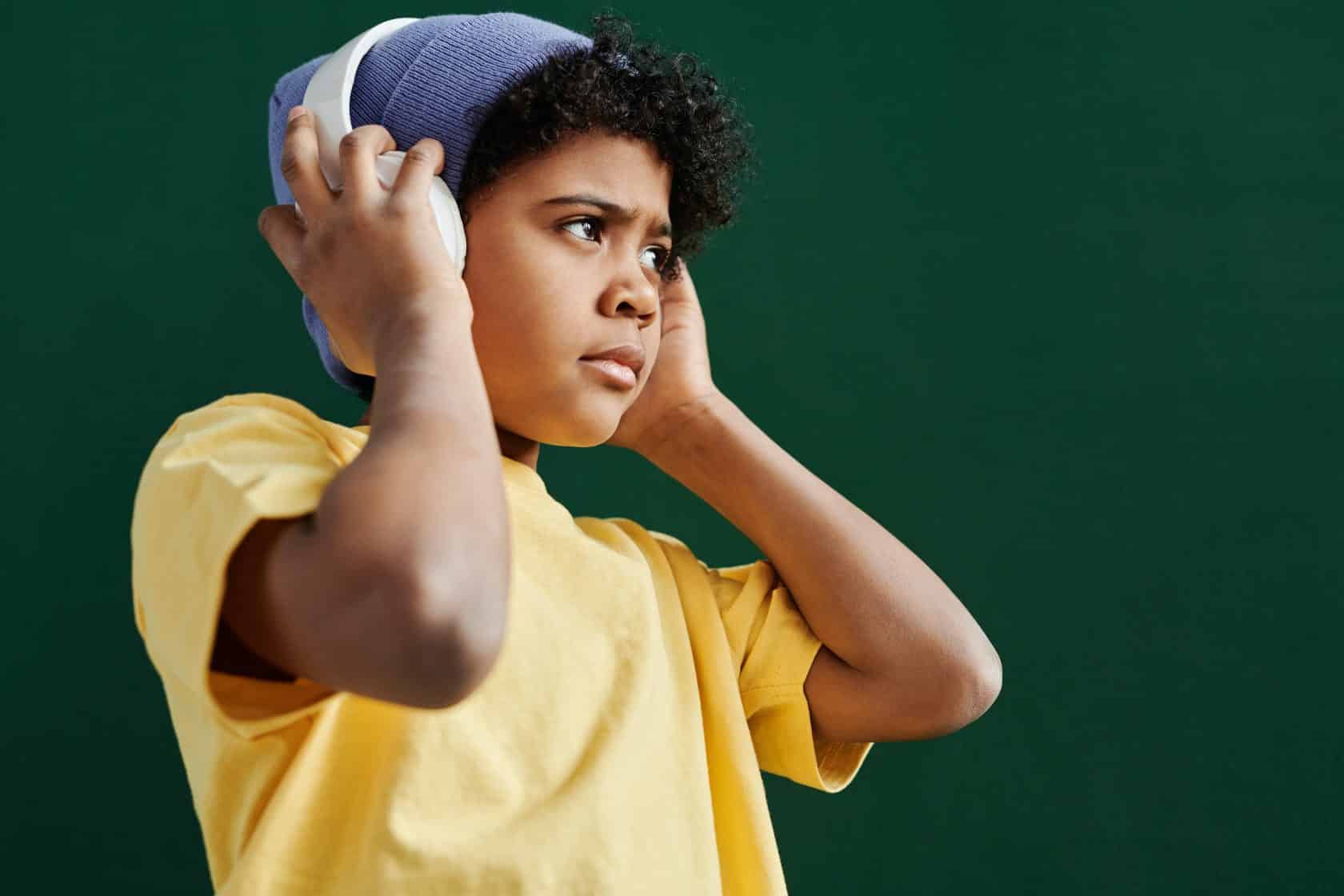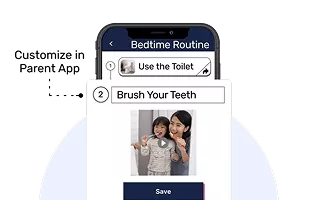Accessibility is applied in various ways to support kids with special needs:
- Physical adaptations: Ramps, wider doorways, and lowered counters
- Sensory accommodations: Quiet spaces, noise-canceling headphones, and fidget tools
- Visual aids: Large print materials, high-contrast signs, and Braille labels
- Assistive technology: Screen readers, voice recognition software, and alternative input devices
| Accessibility Type |
Examples |
| Physical |
Wheelchair ramps, adjustable desks |
| Sensory |
Noise-canceling headphones, sensory-friendly lighting |
| Communication |
Picture exchange systems, speech-to-text apps |
These accessibility features help create an inclusive environment where all kids can thrive.
This post was originally published on March 28, 2023. It was updated on Aug. 11, 2024.











